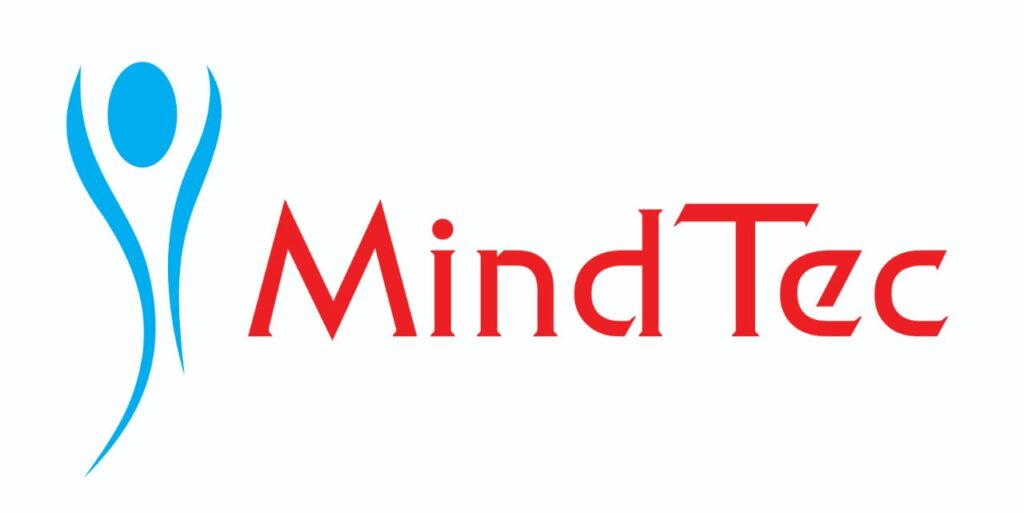
A Post Graduate Diploma in Computer Applications (PGDCA) is a more advanced course than a DCA, designed for graduates from any stream who want to gain specialized knowledge and skills in computer applications. It aims to bridge the gap for non-CS graduates and prepare them for roles in the IT industry.
The curriculum is generally more in-depth and often includes programming, database management, and web technologies. While specific topics can vary slightly between universities and training institutes (e.g., Acharya Nagarjuna University in Guntur might have its own specific syllabus), here’s a comprehensive list of common PGDCA course topics in India:
Core Modules & Key Topics:
I. Fundamentals & Advanced Concepts of Information Technology:
Computer Organization & Architecture:
Detailed look at CPU, memory hierarchy (cache, RAM, ROM), I/O organization.
Number systems and Boolean Algebra.
Logic gates and combinational circuits.
Operating Systems (OS):
Concepts: Process management, memory management, file systems, I/O systems.
Types of OS (batch, multi-programming, time-sharing, real-time, distributed).
Introduction to popular OS (Windows, Linux/Unix commands and file system).
Data Communication & Computer Networks:
Network models (OSI, TCP/IP).
Network topologies (star, bus, ring, mesh).
Networking devices (hubs, switches, routers, gateways).
Types of networks (LAN, WAN, MAN).
Internet concepts, protocols (HTTP, FTP, SMTP, DNS).
II. Programming Languages (Multiple languages are typically covered):
Programming in C:
Foundational programming concepts (data types, operators, control structures, functions, arrays, pointers, strings).
File I/O.
Modular programming.
Object-Oriented Programming (OOP) with C++ or Java:
C++: Classes, objects, inheritance, polymorphism, abstraction, encapsulation, constructors, destructors, exception handling.
Java: Introduction to Java platform, JVM, basics (data types, operators, control flow), classes, objects, methods, inheritance, interfaces, packages, exception handling, multithreading, applets (less common now), AWT/Swing for GUI.
(Increasingly Common) Python Programming:
Introduction to Python syntax, data structures (lists, tuples, dictionaries, sets).
Functions, modules, error handling.
File I/O.
(Sometimes) Introduction to libraries for data analysis or web development.
(Sometimes) Visual Basic / VB.NET:
GUI programming concepts.
Event-driven programming.
Database connectivity with front-end applications.
III. Database Management Systems (DBMS):
Introduction to DBMS & RDBMS:
Database concepts, data models (ER model).
Relational algebra.
Normalization (1NF, 2NF, 3NF, BCNF).
SQL (Structured Query Language): DDL, DML, DCL commands, joins, subqueries, views, stored procedures, functions, triggers.
Practical DBMS (e.g., Oracle, MySQL, SQL Server, MS Access):
Hands-on experience with a specific database system.
IV. Web Technologies & Development:
HTML (HyperText Markup Language):
Structure of web pages, tags, attributes.
Forms, tables, multimedia embedding.
CSS (Cascading Style Sheets):
Styling web pages, selectors, properties, box model, responsive design basics.
JavaScript (Client-Side Scripting):
DOM manipulation, event handling, form validation.
Basic interactivity for web pages.
(Sometimes) Server-Side Scripting (PHP, ASP.NET, Python with Django/Flask):
Introduction to server-side logic, database interaction, session management.
Web Hosting & Deployment Basics:
Concepts of web servers, domains, FTP.
V. Software Engineering:
Introduction to Software Engineering:
SDLC (Software Development Life Cycle) models (Waterfall, Agile, Spiral).
Requirements gathering and analysis.
Software design principles.
Testing methodologies (unit, integration, system, acceptance).
Software project management basics.
VI. Data Structures & Algorithms:
Data Structures:
Arrays, linked lists (single, double, circular).
Stacks, queues.
Trees (binary trees, BSTs), graphs.
Hash tables.
Algorithms:
Sorting (bubble, selection, insertion, merge, quick sort).
Searching (linear, binary).
Algorithm analysis (time and space complexity).
VII. Electives / Specialized Topics (Institutions may offer some of these):
Computer Graphics:
Basic graphics primitives, 2D/3D transformations, rendering.
Multimedia Applications:
Concepts of various media formats, basic editing tools (e.g., Photoshop, CorelDraw, video editing software).
Cyber Security / Information Security Fundamentals:
Threats, vulnerabilities, basic security measures.
E-Commerce:
Models, technologies, payment gateways.
Cloud Computing Fundamentals:
Concepts, service models (IaaS, PaaS, SaaS).
Mobile Application Development (Introductory):
Basic concepts of Android or iOS development.
Soft Skills & Communication:
Presentation skills, resume building, interview techniques.
VIII. Project Work:
A mandatory component where students develop a software application (desktop, web, or mobile) applying the concepts learned throughout the course. This is crucial for practical experience and often forms a significant part of the evaluation.
